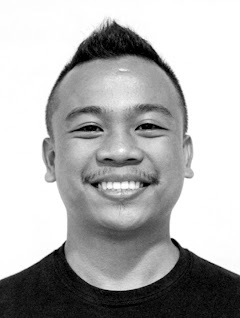Beat
News, politics, disasters and sports.
One Shot

“Of all my pictures, the most memorable image for me was that of a woman cradling the dead body of her partner which I took while documenting drug-related killings in Manila. I knew I had to file this picture as I believed the high emotions captured would get people’s attention. It made me realise the importance of my job.”
Profile
My earliest memory of photography was when I began an open workshop for photography. This was after graduating from university with a degree that I didn’t particularly enjoy. I was looking for what I really wanted to do with my life. That workshop was like an answered prayer. The first time I held a camera was a light bulb moment. I instantly knew in my heart that I wanted to be a photographer.
Aside from attending an open workshop covering the basics, I did not have formal training in photography. I learned most of it by trial and error, by researching tips and techniques on the Internet, and by learning from my colleagues in the field who guided me, scolded me, and pointed out my mistakes. I think learning is a never-ending process. I am still learning today. Each day I get to learn new things and new ways to improve my technique.
Photography became my passion when I discovered that an image captured by my camera can tell a story. I am not good with words or writing, but an image guides me in how to tell a story. By itself, a story unfolds – an emotion, a background to another story, a culture at the point of capture. Photography also became my creative outlet because I didn’t know any other art form aside from it.
My first assignment for Reuters was covering the 2015 Asia-Pacific Economic Cooperation (APEC) summit in the Philippines, particularly the protest rallies being staged at the time. I was excited by the opportunity and challenge to capture quality images, to be on par with experienced photographers from other agencies. The most memorable lesson for me then, and which I still keep in mind, is the importance of resourcefulness. Without any equipment for flash lighting one night, I had to find a way to get a good shot of protesters clashing with anti-riot police near the U.S. embassy ahead of the APEC meeting. As the event was also being covered by TV networks, light sources were aplenty at their cameramen’s locations, I knew I just needed to take advantage of what was available then.
I look forward to covering current events, social issues, news that has big impact on people. I also enjoy covering sport assignments as they provide a break from heavy stories.
I believe that photojournalism provides people with a different view on what is being portrayed in other media outlets.
My biggest lesson has been patience. My break in shooting for Reuters came when I least expected it. Every story should be treated with equal importance as you don’t know when the coverage of one event will turn into much a larger story over time.
My advice for starting photojournalists is to always be passionate in what they do. Stay humble; their best photograph at one point should be their inspiration to do better in their next shoot. Strive to improve every day. They should always respect the people they meet along their journey.
I get inspiration from my family and colleagues.
With the shift in digital imaging and use of social media, photojournalism has become more accessible but more challenging too. The passion, persistence and professionalism of photojournalists to provide truthful and meaningful images are very much needed to push the profession forward.
